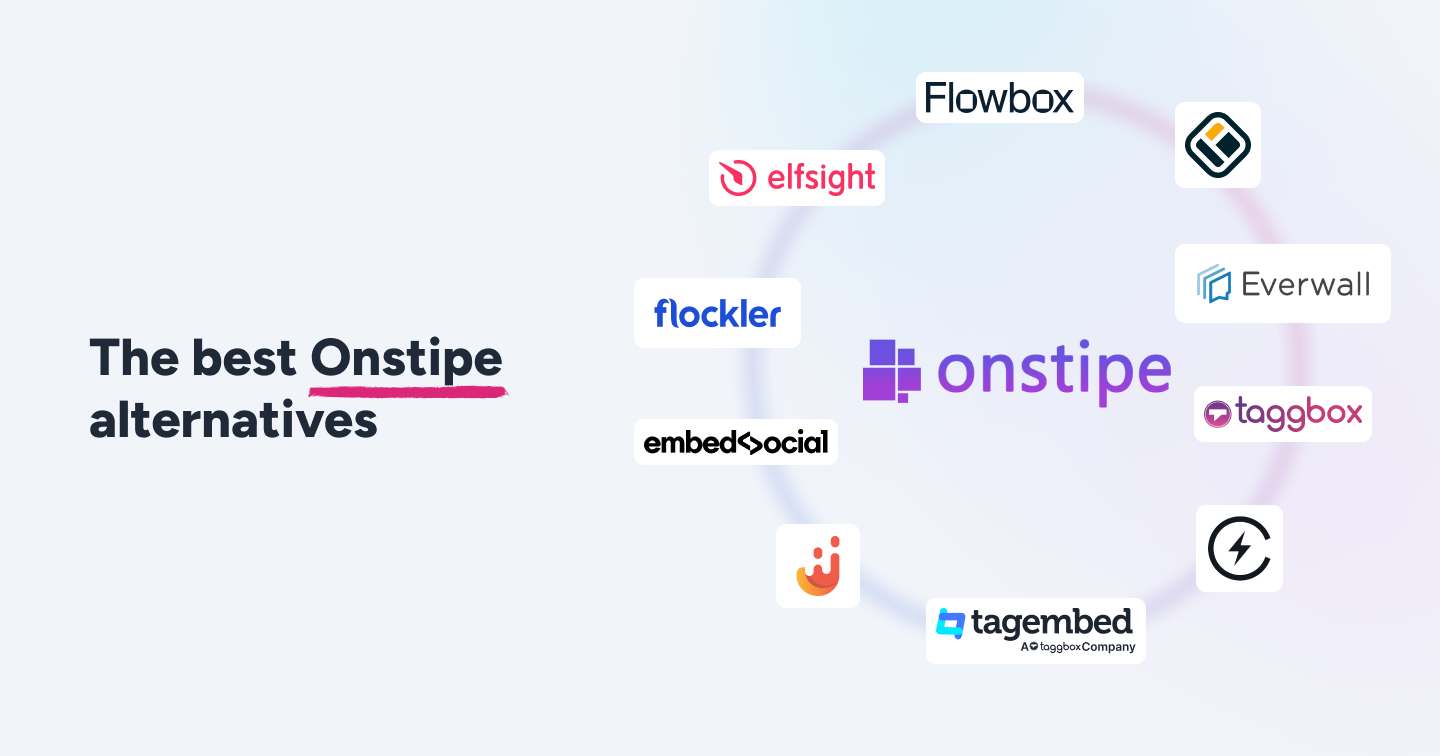Summary
Video is the fastest growing content marketing tactic; and YouTube is one of the most powerful ways to broadcast this medium on, second to Facebook. In fact, YouTube is such a popular distribution channel – more than 400 hours of video are being uploaded to this channel each minute, and amazingly a billion hours of video are watched there every day (to put that in perspective, it would take you 100,000 years to watch that much!). So, there’s a lot of noise on this channel, but also a vast audience willing to watch what’s out there too.
With that in mind, we’ve put together some simple steps to creating a successful video strategy that will enable your content to shine on YouTube.
1. Set a clear objective: As with all good marketing, you should start with a very clear objective; have a very clear target audience in mind, and then have a great creative idea. It’s important to compliment this with a really thoughtful distribution plan from the beginning.
2. Start with ‘help’ content: YouTube is the number two search engine behind Google. So, most people start their journey on YouTube with a question. Creating videos that answer people’s questions is the best place to start. This content is helpful for users searching ‘in the moment’ as well as is good at feeding the YouTube search engine.
3. Vary the video content: No one wants to be served the same time of video format all of the time, it gets boring. YouTube recommends a “bite, snack, meal” approach to creating video – you may start with a six-second ad or a 10-minute branded film, either way, switch it up, and make sure it is varied.
4. Build a library or bank of connected content: Brands successful on YouTube deliberately link pieces of content together. Sometimes this is through savvy, very targeted media placements on YouTube, while others use a 30-second TV ad as a springboard to drive users to their brand’s channel.
5. Pay attention to the data: Use the granular data Google & YouTube give to all its users. In particular, pay attention to the “audience retention curve,” where it shows you what percentage of your audience watched [your video] to the end vs those who dropped off after just a few seconds.
6. Collaborate with YouTubers, Instagrammers, and TikTokers: These collaborations can be very powerful if the brand and creator have the same outlook. But remember brands aren’t able to dictate the working terms, as vloggers are brands in their own right, and some have millions of subscribers/followers and a mini media business of their own. They can’t be treated like ‘hired talent’ in the same way paid actors can.
And once you get the collaboration going, don’t forget to share the content in all digital channels. For inspirations, see how GoPro curates and displays influencer content on their website.

7. Experiment with different formats: Virtual Reality (VR) is becoming incredibly popular, despite being in its early form. This is an expensive medium, but potentially a very powerful way of engaging with brand fans.
8. Set the right metrics: Not all metrics are equal. The number of views or impressions, which are public and easy to see, are traditional metrics to report against. Yet, view numbers can be purchased, so are not a reliable metric to report against. The best indicator is minutes spent or time spent, which isn’t public and is a much stronger currency. If someone watches five seconds of an ad or 35 seconds, one gives a very different signal than the other.
9. Put some paid-media budget towards promotion: It’s a crowded and noisy channel. It’s unrealistic to think everyone will find your carefully crafted video organically. Like with Facebook and other social channels, be expected to put some money into paying to promote your content. You don’t have to promote every single video; clever brands only pay to promote their big moments. Also, it’s worth remembering that this is a channel where you’ll be competing with people’s favourite musicians, video game makers and entertainers – so be realistic when setting your ROI.
Also, make sure you are using all your own assets to promote the content and decrease the paid media budget. In a few steps, you can embed a YouTube playlist on any website.







